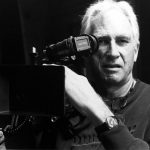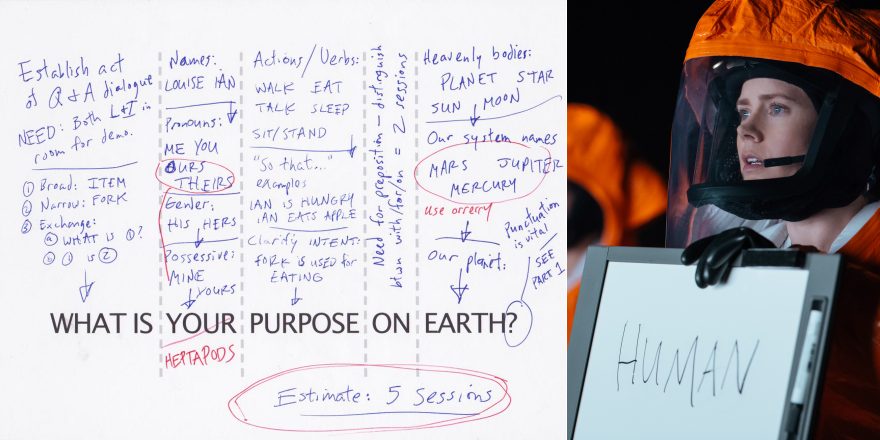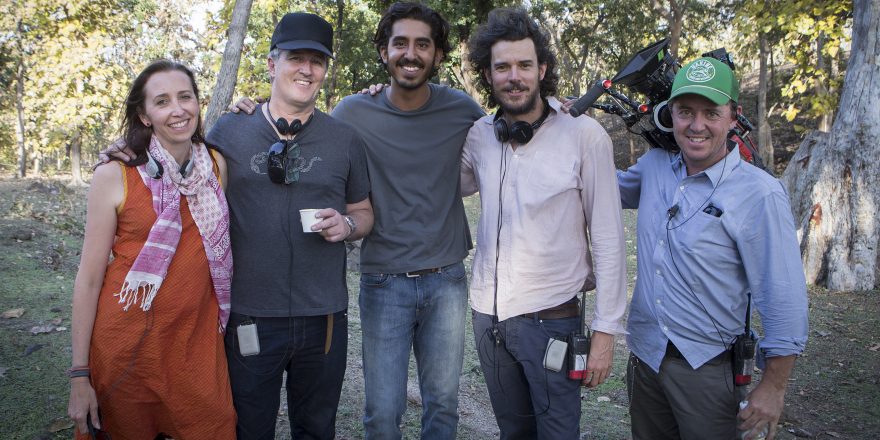My first job out of UCLA Film School, at age 22, was directing 2nd unit on The Night of the Hunter for Charles Laughton.
The Night of the Hunter was the only film Laughton ever directed and it became one of the most famous films of all time, named “second best film ever made after Citizen Kane” by Cahiers du Cinéma and picked by Roger Ebert as his one of the greatest films of all time.
Working on the film was an incredible experience and taught me profound lessons about the vicissitudes of Hollywood.
It began with a prank phone call, or so I thought. At the other end of the line was the deep, rumbling, English-accented voice of Mutiny on the Bounty’s Captain Bligh. “This is Charles Laughton,” the voice said.
It turned out it really was Laughton. He was about to direct his first film, an adaptation of Davis Grubb’s best-selling suspense novel set in depression era West Virginia. The United Artists production starring Robert Mitchum, Lillian Gish and Shelley Winters was going to shoot primarily in Hollywood, and Laughton needed someone to go east and direct the film’s helicopter opening, shoot projection “plates” for the driving scenes, capture images for matte shots of the paddle wheeler “Delta Queen,” and generally oversee a great number of scenes with doubles along the Ohio River.
Laughton had seen A Time Out of War, the Civil War short my brother, Denis, and I had recently completed at UCLA. It was a three-character story of fraternization – two Northern soldiers and a Southerner – taking place along a river on a single afternoon late in the war. Laughton was struck by my photography and decided – skirting guild and union rules – to offer me the 2nd unit directing job.
I remember arriving with some trepidation at Laughton’s two-story home in Hollywood. The front door flew open and there, filling the doorframe, was the great man, himself.
“Brother Sanders!” he boomed. “Brother Laughton!” came shooting out of my mouth. It was the perfect first encounter.
For three or four days, Charles and I sat in captain’s chairs at a large oak table in what Laughton called “the School Room,” going through the script shot by shot. Charles would make line drawings to illustrate what he wanted and I would make drawings and notes in my copy of the screenplay and on the breakdown sheets I learned to use in UCLA production classes.
In August, 1954, I set off for West Virginia with a crew of five – all middle-aged, seasoned union men: a cameraman, a camera operator, an assistant cameraman, a key grip, and a unit production manager who knew virtually nothing about the shots we needed to get but who had total control of the money.
The UPM clearly resented a “kid” being in charge of the filming decisions and every shooting day there would be growing tension between us until, around 4 p.m., I would call Laughton back in Hollywood and say I wanted to quit. Laughton would then talk to the UPM and tell him to follow my directions.
One day, while lining up a shot on the porch of a dilapidated riverfront house, the floorboards under my feet gave way. I saw a flash of hope and delight on the UPM’s face – and then disappointment when I plunged only three feet and was none the worse for wear.
Back in Hollywood three weeks later with the assignment completed, I was happy that Laughton was pleased with my work. I hung out a little around the studio sets, watching Charles work, and stayed in touch during the editing.
Meanwhile, Charles and his producing partner, Paul Gregory, had gone forward and purchased the film rights to Norman Mailer’s World War II novel, The Naked and the Dead. He asked Denis and me to write the screenplay, and we agreed to the assignment. Under Laughton’s guidance we worked for many months and completed a solid first draft. The Naked and the Dead was going to be the second film for Laughton to direct.
But it was not to be.
The Night of the Hunter opened to mixed reviews. And more significantly for future Laughton-Gregory projects, the box-office returns were poor.
Because Laughton had been so sure, so positive, that The Night of the Hunter would be a smash hit, the rejection by critics and the indifference of audiences hit him hard and crushed his spirit. It wasn’t just disappointment he felt, it was utter and deeply debilitating devastation.
The money people withdrew their support. They no longer considered Laughton a viable director for the The Naked and the Dead and independent financing for the film dried up. Under stress, the Laughton-Gregory partnership dissolved. Gregory took the project, along with our screenplay, to Warner Bros.
Jack Warner hated The Naked and the Dead, hated Norman Mailer (“that Commie”) but loved the title. He had anonymous writers rework our screenplay, put Raoul Walsh on as director and produced a flag-waving, guts-and-glory movie that destroyed, tragically, what could have been a truly great war film.
When I saw the The Naked and the Dead in a theater, with Denis and I credited as the only screenwriters, it felt like an out-of-body experience. I recognized almost nothing from our original script.
After the failure of The Night of the Hunter, Charles went on to act in a few more films, but died a few years later, a broken man, at the age of 62.
Today, so many years later, The Night of the Hunter has finally found its audience and has received huge critical acceptance. It’s now hailed as a noir masterpiece, one of the greatest films ever made.
So what are the lessons?
That audiences’ tastes change; that movie critics revise their judgments; that there are ups and downs in life and you better be able to survive the downs; that you should, in the words of Kipling, be able to meet with triumph and disaster, and treat those two imposters just the same; that Hollywood is a tough and fickle town.
Over the many decades since my work on The Night of the Hunter, I’ve produced and directed over 80 films, both documentaries and narratives, shorts and features, and have been fortunate to win two Oscars and receive several more nominations.
This month, on August 18, my latest film Liza, Liza, Skies are Grey, a coming-of-age motorcycle road trip story set in California in the summer of 1966, will open in theaters in Los Angeles and New York.
It’s a small, bittersweet love story with two very talented teenage first-time actors. And like every film ever made, Liza, Liza, Skies are Grey will be looking – ever so hopefully – to find its audience.







